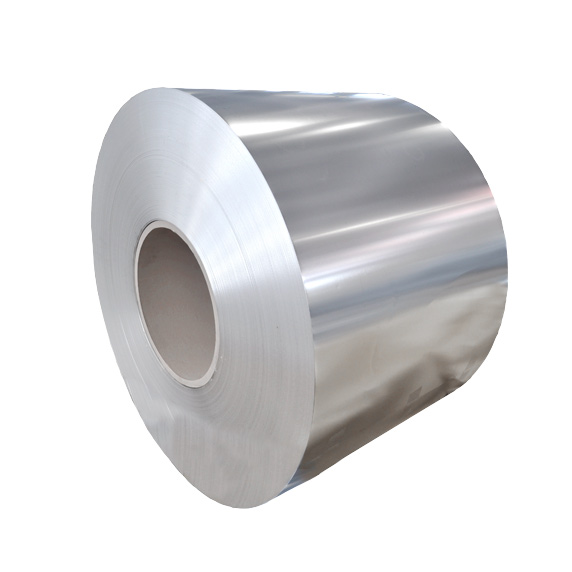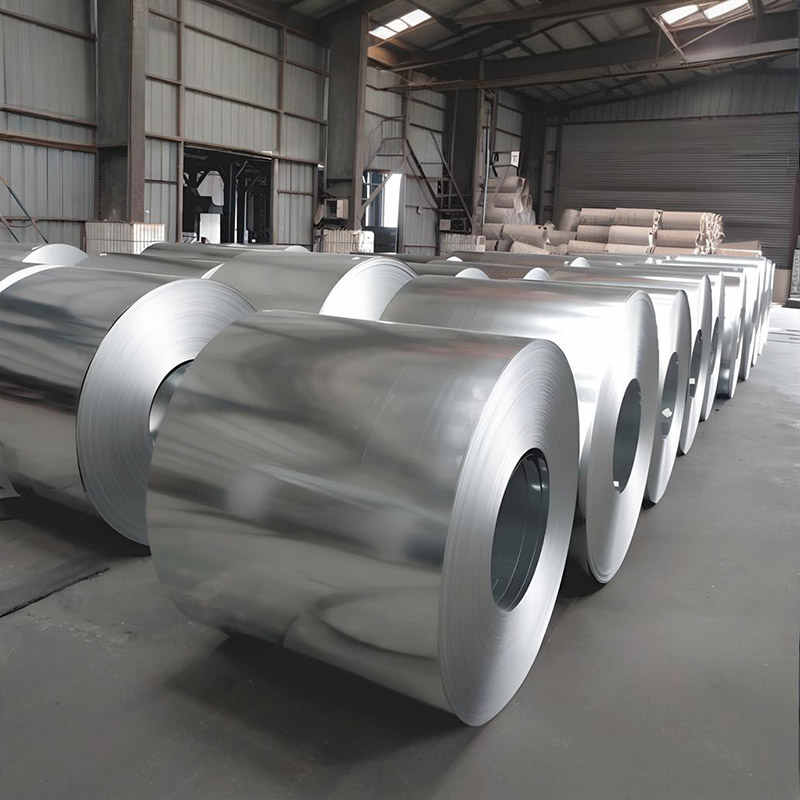What exactly is passivation film and why is it crucial for metal longevity? Passivation film refers to a protective oxide layer that forms on the surface of metals, particularly stainless steel, creating a barrier against corrosion. This microscopic yet incredibly effective shield significantly extends the lifespan of metal components in various environments.
How does the passivation process work? When stainless steel is exposed to oxygen, either from the air or from a chemical oxidizer like nitric acid or citric acid, a chromium-rich oxide layer forms on the surface. This layer is typically just a few molecules thick yet provides remarkable protection against rust and corrosion. The effectiveness of this passivation film depends heavily on proper surface preparation and the specific passivation method used.
Which industries benefit most from passivation treatments? Aerospace, medical, food processing, and pharmaceutical industries rely heavily on passivated components due to their strict requirements for hygiene, durability, and resistance to corrosion. In these sectors, even microscopic corrosion can lead to catastrophic failures or contamination risks.
How can you ensure quality passivation? Industry standards such as ASTM A967 and ISO 15730 provide specific guidelines for the passivation process. Quality control involves testing for surface contamination, verifying film thickness, and performing salt spray tests to confirm corrosion resistance. Regular inspection and maintenance of passivated surfaces are essential to preserve their protective qualities.
What are the common challenges in passivation? Improper cleaning before passivation can lead to suboptimal results, as contaminants can interfere with oxide layer formation. Additionally, some stainless steel alloys may require specialized passivation methods, and certain environmental factors can reduce the effectiveness of the protective film over time.
In my experience implementing passivation solutions across various industries, I’ve found that the most successful applications combine proper surface preparation with appropriate passivation chemicals and thorough post-treatment rinsing. One particularly effective technique we’ve developed involves using electrochemical passivation for complex geometries, ensuring uniform coverage even in hard-to-reach areas.
The future of corrosion protection lies in advanced passivation technologies that offer enhanced durability while being more environmentally friendly. As industries continue to demand higher performance from their components, the evolution of passivation film technology will play a critical role in meeting these challenges while maintaining cost-effectiveness and sustainability.



